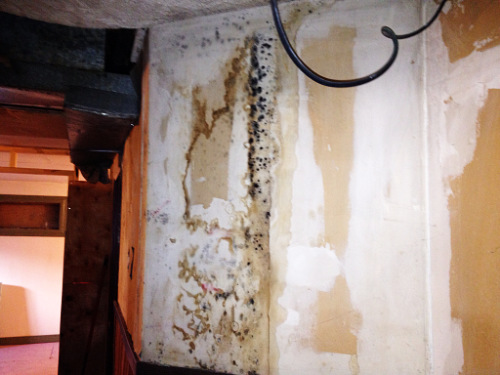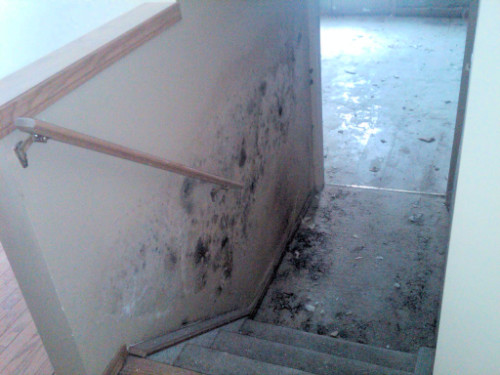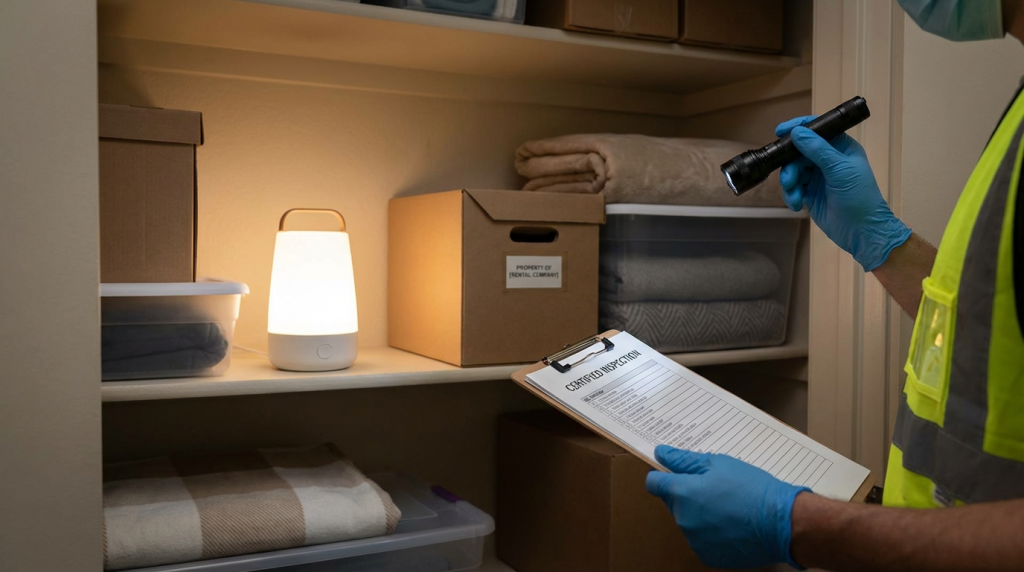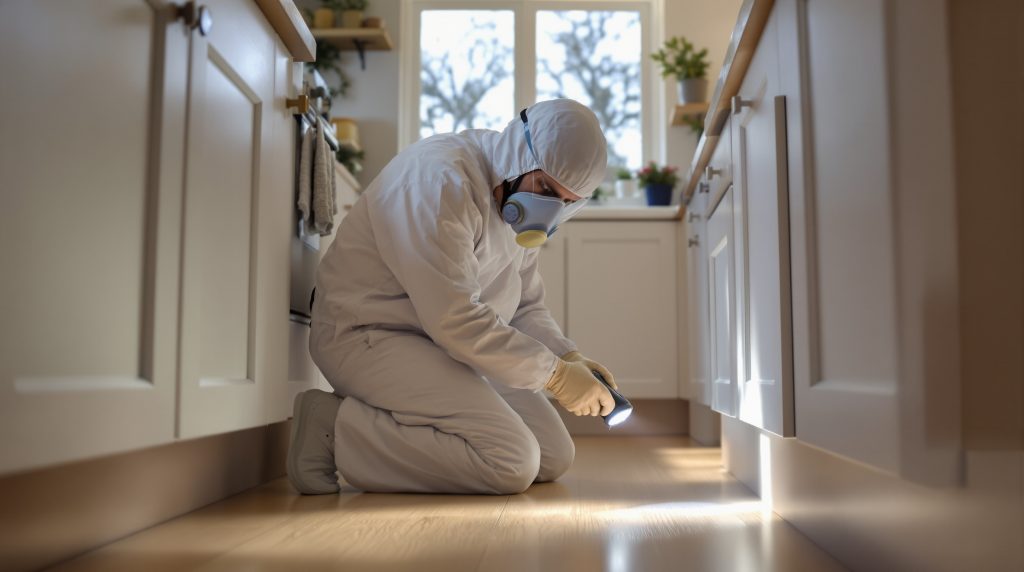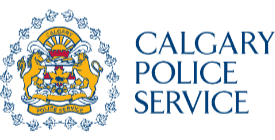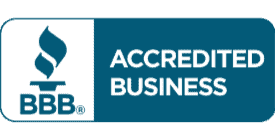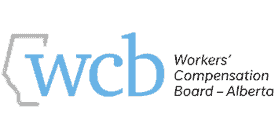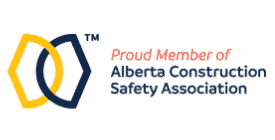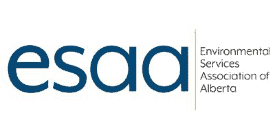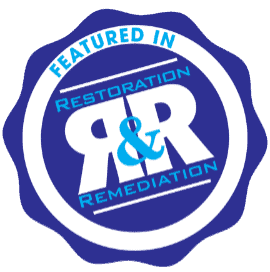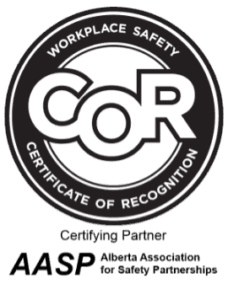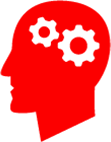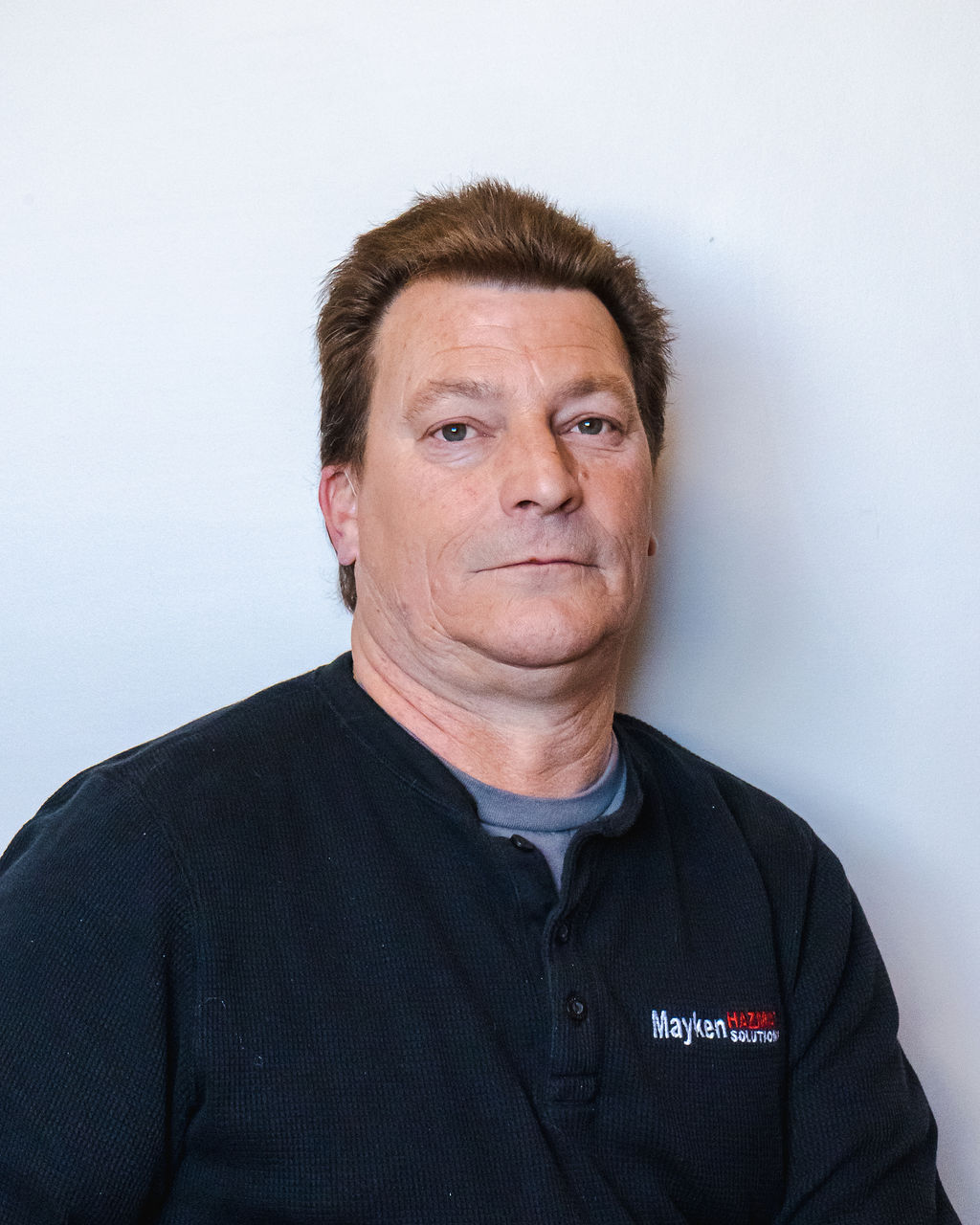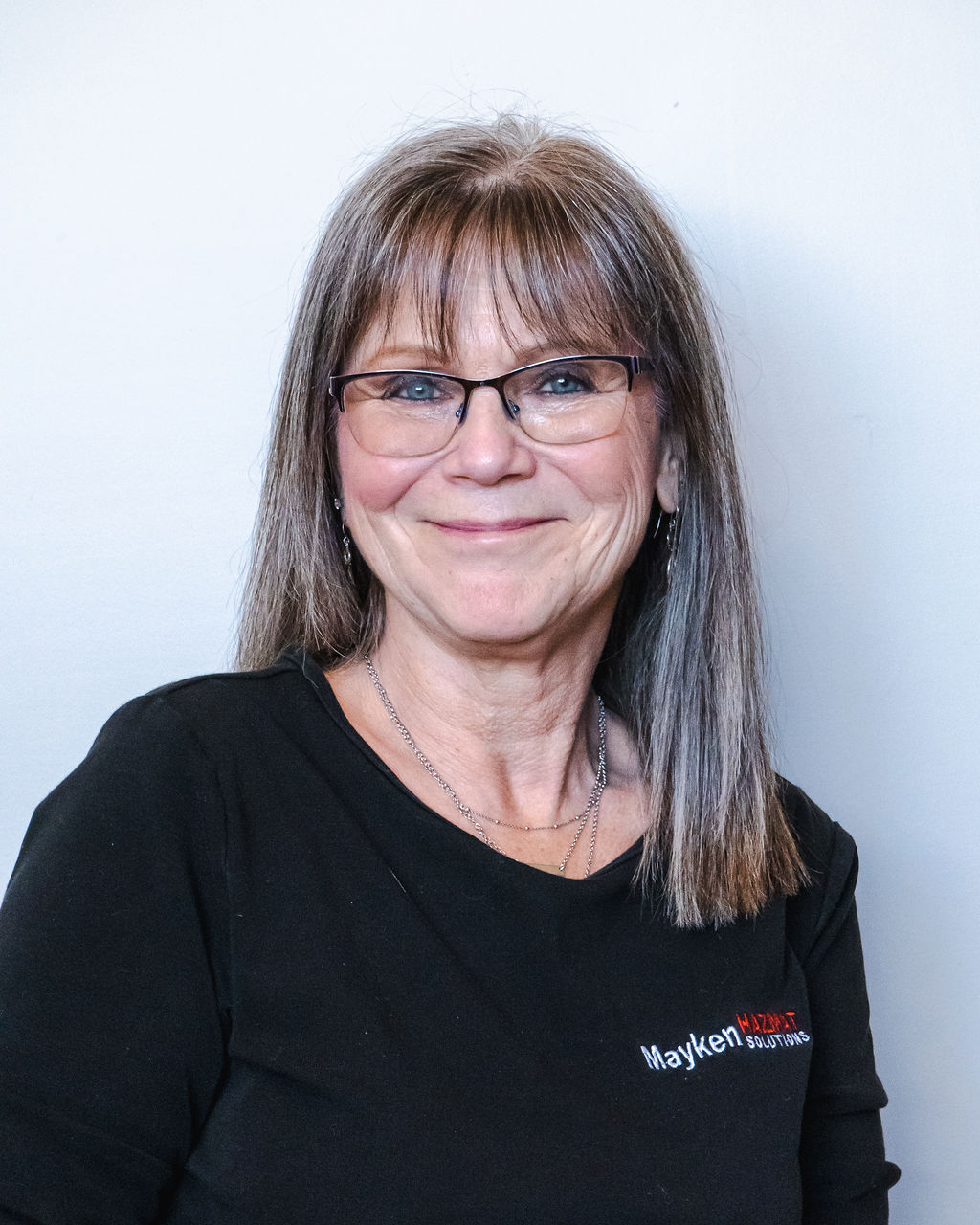Common Myths about Mold
We’ve all heard stories about mold and black mold (myths about mold), how to kill it and how to keep it from coming back into our homes. But all too often, the details of one story or the advice given contradicts another. Much of this confusion is because our knowledge of mold has improved over time. Test your knowledge of mold to see if you’re up-to-date with the current thinking.
7 mold myths that might surprise you
1. True or False: Mold growing in your house is a sign of poor cleaning
This is false. Mold growth in your house is a sign of a moisture problem. Mold spores naturally exist pretty much everywhere, both outside and inside. In your house they just need the right temperature and moisture level to grow into a mold colony. Moisture problems and mold growth are regularly caused by excessive humidity, lack of ventilation, water leaks, or flooding.
2. True or False: Black mold is very dangerous
This is mostly false. When we talk about the dangers of “black mold”, we are usually referring to a type of mold known as Stachybotrys chartarum. This type of toxic mold, along with specific other molds, can produce mycotoxins in certain circumstances. Some people are more sensitive to these mycotoxins or have underlying conditions like asthma or lung disease that make them more prone to being affected by the mycotoxins. Mold toxins can lead to health issues like cold-like symptoms, allergic reactions or respiratory problems in people and animals. Reports of extreme health affects from black mold are extremely rare.
3. True or False: It’s okay to do mold removal yourself instead of hiring a professional
This is both true and false – depending on amount of mold involved.
- Small: Health Canada advises people can cleanup mold outbreaks themselves if the area affected is small enough and proper precautions are taken. A small area would be 1-3 patches of mold that total one square metre or less.
- Medium: A mold inspection by a qualified professional should be done for medium sized patches of mold. A medium sized area would be 1-3 patches, with no patch being larger than one square metre. Cleanup can be done by the homeowner if proper precautions are taken.
- Large: Mold covering an area over 3 square metres should be inspected and cleaned up by a qualified professional. Health Canada also recommends consulting a qualified professional if the mold returns after initial cleaning. There could be a larger underlying issue that needs to be addressed.
4. True or False: The best way to kill mold is with bleach or vinegar
This is a common misconception and is definitely false. Bleach, vinegar and other chemicals can kill some types of mold on hard non-porous surfaces (like bathroom tiles), but are not recommended because of their overall ineffectiveness on both non-porous and porous surfaces and their impact on air quality. The best way to get rid of mold is to concentrate on mold removal rather than killing it. Health Canada recommends using soap and water on hard non-porous surfaces and to remove all porous surfaces (such as fabrics, materials, insulation, drywall, etc) that have mold on them.
5. True or False: Painting over mold will not kill the mold or prevent it from spreading
This is true. Paint does not kill mold, nor prevent it from spreading. The first step in stopping mold from growing and spreading is to find and remove the moisture problem. Once this is done, you can try to paint over the mold to hide the staining, but often the mold will keep showing through. To get rid of the mold it’s best to remove and replace the affected drywall.
6. True or False: All you need to protect yourself is rubber gloves
This is false. Non-professionals doing mold remediation need to take the same precautions taken by qualified professionals. This includes wearing personal protective equipment (eg. safety glasses or goggles, N95 mask, disposable rubber gloves), containing the mold and mold spores from the people in the building, having increased ventilation, doing proper disposal of all moldy materials (sealed in plastic bags and removed from the space in a timely manner), etc. Care also must be taken to not create any additional hazards, eg. electrical shocks, falls from ladders, etc.
7. True or False: Once the mold is gone, it’s gone for good
This is false. Since mold and mold spores are microscopic, it’s hard to ensure all of the affected areas have been completely remediated. And even if all of the mold was successfully removed, keep in mind that mold spores are everywhere – inside and out. If the right conditions arise (temperature and moisture), a new mold colony can grow. The best way to ensure this won’t happen again is to address the underlying moisture or humidity issues at the property. This means finding and rectifying all water leaks, water seepage, improper ventilation, and excessive humidity.
If you’re worried about mold in your home or property, contact us to talk to an expert. Don’t let mold get out of control.

Mayken Hazmat Solutions has provided Calgary and Western Canada with high-quality hazmat services since 2006. As a registered hazardous waste carrier with the Alberta government, we can handle a wide range of situations and environments. Whether cleaning up hoarding cases, contaminations, chemical spills or crime scenes, we can take care of overwhelming situations for you. Reach out to the experienced hazmat company by calling us 403-272-1995.

